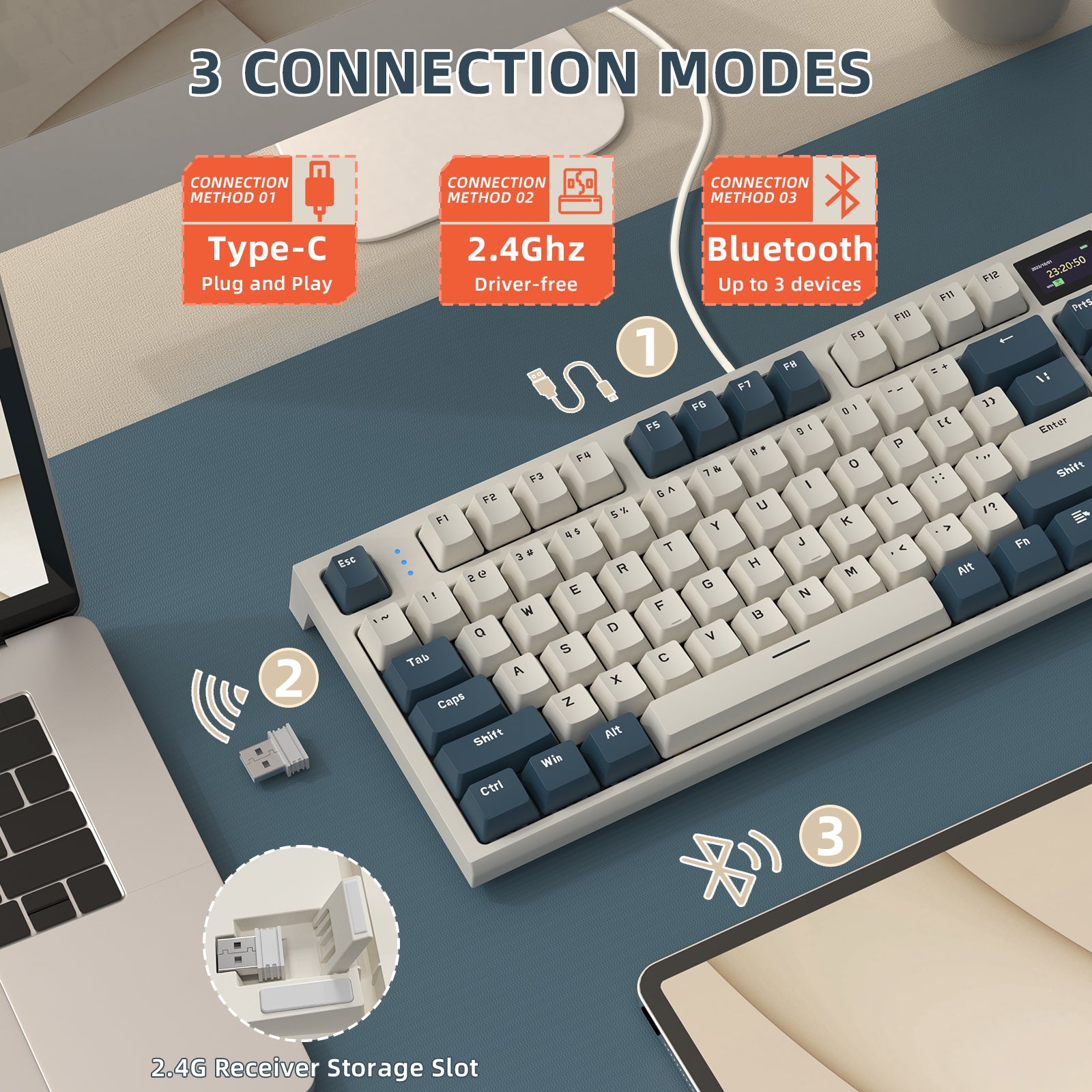Tactile-feedback keyboards have become increasingly popular among typists, gamers, and professionals alike. But what exactly makes these keyboards so appealing? This article delves into the science behind tactile-feedback keyboards, exploring their benefits and how they can significantly enhance your typing experience.

Understanding Tactile-Feedback Keyboards
Tactile-feedback keyboards are designed to provide users with a physical sensation when a key is pressed. This feedback can help typists know when a key has been actuated without needing to look at the keyboard. The tactile bump that many users feel is a result of the keyboard's switch mechanism, which can vary significantly between different models.
"The tactile feedback not only improves typing speed but also enhances accuracy." - Keyboard Enthusiast
Benefits of Tactile-Feedback Keyboards
- Improved Typing Speed: Many users report that tactile-feedback keyboards allow them to type faster due to the clear indication of key actuation.
- Enhanced Accuracy: The physical feedback helps reduce the likelihood of accidental key presses, making it easier to maintain accuracy.
- Comfortable Experience: The ergonomic design of many tactile-feedback keyboards can lead to a more comfortable typing experience, reducing strain during long sessions.
How Tactile-Feedback Keyboards Work
The mechanism behind tactile-feedback keyboards typically involves a spring-loaded switch that provides resistance and a noticeable bump when pressed. This design allows users to feel when a key has been activated, which can be particularly beneficial for touch typists. Have you ever wondered how this mechanism affects your typing rhythm? The tactile feedback can create a more satisfying and rhythmic typing experience, encouraging longer and more productive sessions.
Choosing the Right Tactile-Feedback Keyboard
When selecting a tactile-feedback keyboard, consider the following factors:
- Switch Type: Different switch types (e.g., Cherry MX Brown, Razer Green) offer varying levels of tactile feedback.
- Build Quality: A well-constructed keyboard can enhance durability and overall typing experience.
- Key Layout: Ensure the layout suits your typing style and preferences.
For instance, the Logitech G Pro X is a popular choice among gamers and typists for its customizable switches and robust build quality.
Real-World Applications
Tactile-feedback keyboards are not just for casual users; they are widely used in professional environments. Writers, programmers, and gamers often prefer these keyboards for their responsiveness and comfort. In fact, many professionals find that the tactile feedback helps them maintain focus and productivity throughout the day.
Conclusion
In conclusion, tactile-feedback keyboards offer a unique typing experience that combines speed, accuracy, and comfort. By understanding the mechanics behind these keyboards and their benefits, you can make an informed decision about which keyboard is right for you. Whether you are a casual user or a professional, investing in a tactile-feedback keyboard can significantly enhance your typing experience.
For more insights, check out this video review that showcases various tactile-feedback keyboards and their features.
References









